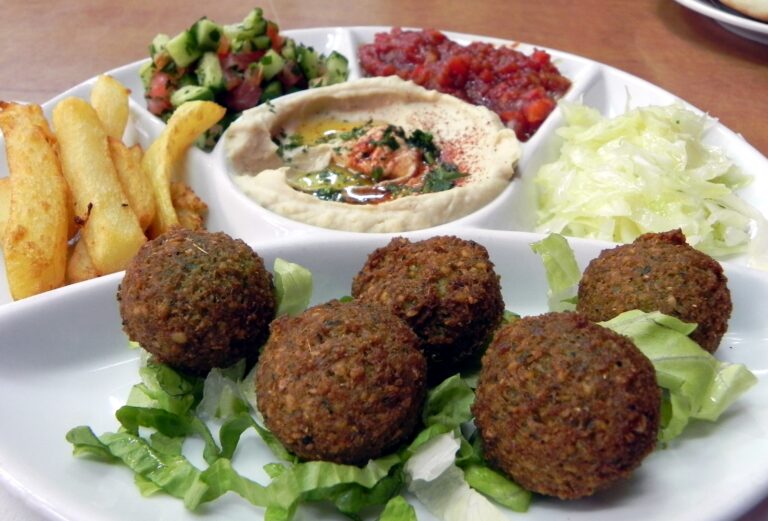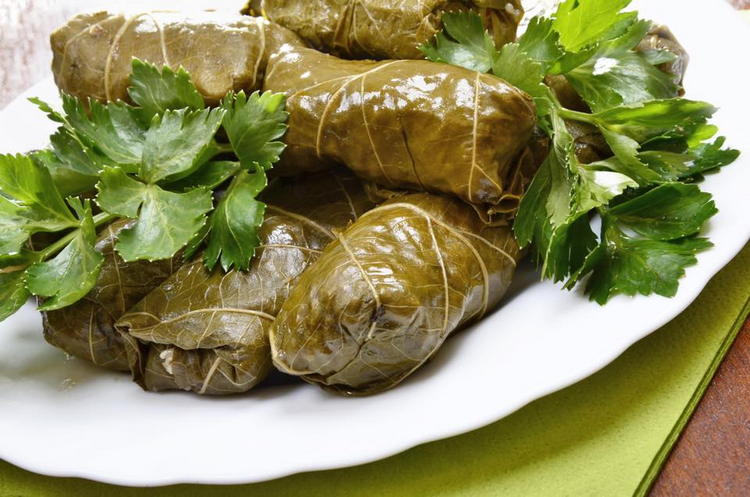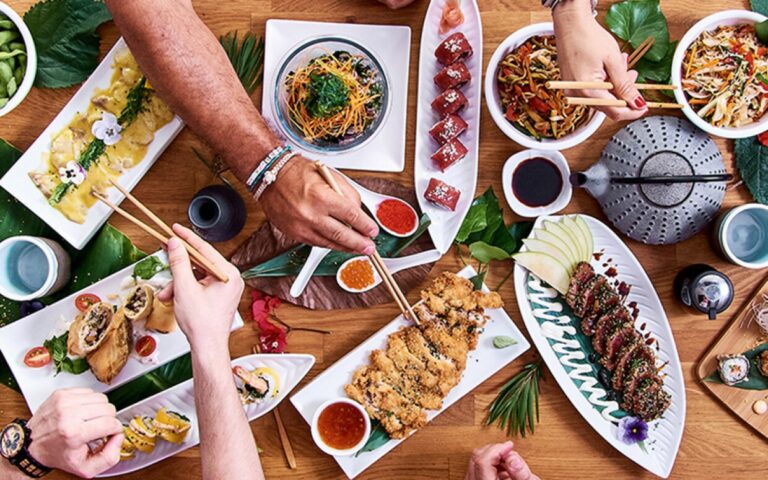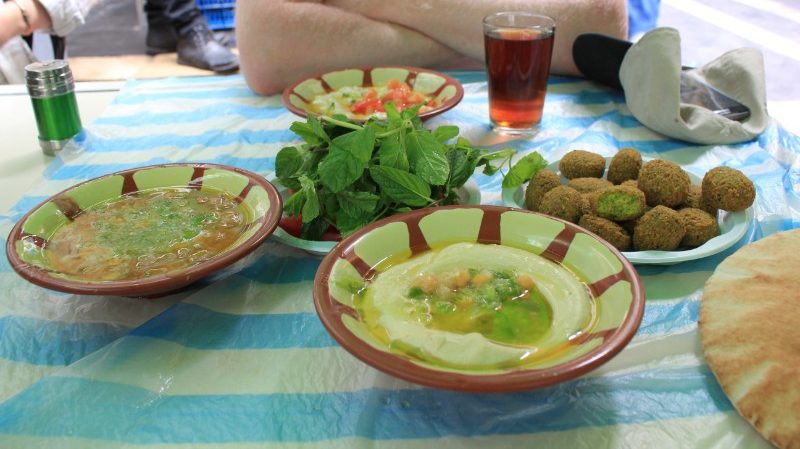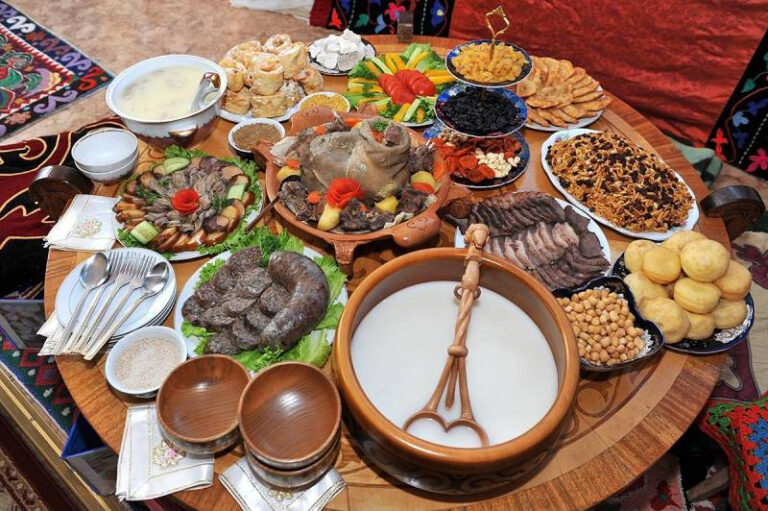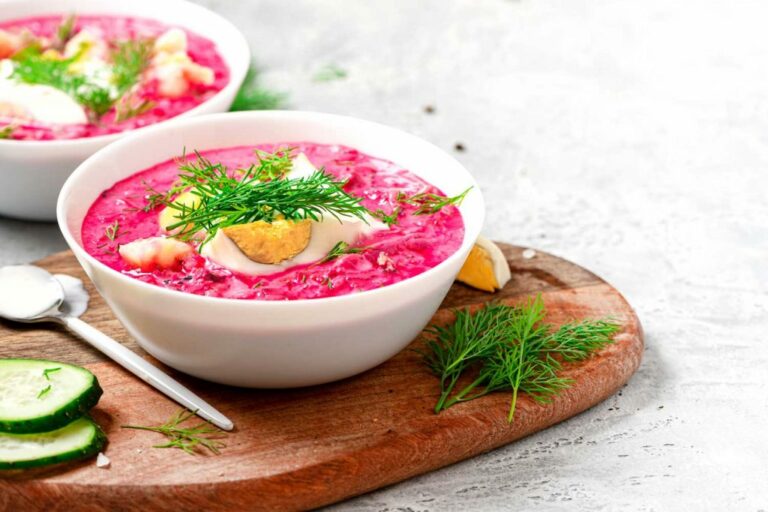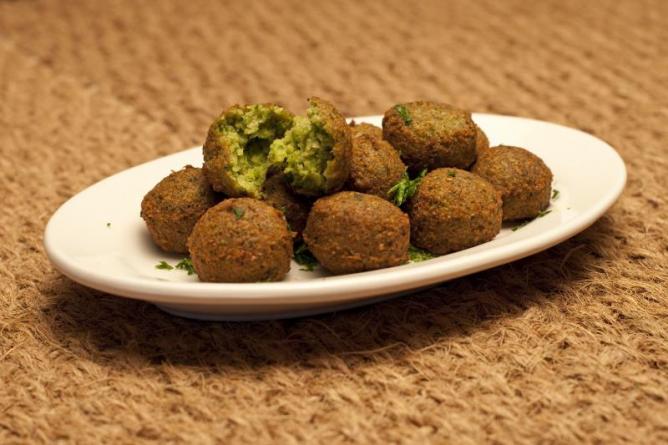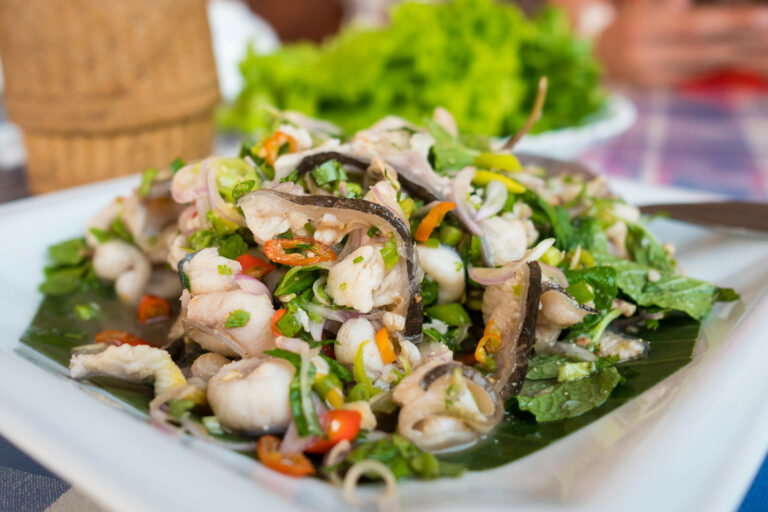Introduction: Irish Cuisine Overview
Irish cuisine has a reputation for being hearty, comforting, and filling. It’s often associated with potatoes, stews, and rich meats like beef and lamb. However, Irish cuisine is as diverse as the country itself, with influences from the Celts, Vikings, English, and more.
While Irish cuisine may not be as well-known as French or Italian cuisine, it has a rich history that dates back centuries. From the use of ancient grains like spelt and oats, to the flavors of the sea, Irish cooking offers a unique culinary experience that is worth exploring.
Ingredients and Flavors in Irish Cooking
Irish cuisine is known for its use of fresh, locally-sourced ingredients. The country’s mild climate and fertile soil make it ideal for growing a variety of fruits and vegetables, which are often used in traditional dishes.
Meat is also a staple in Irish cooking, with beef, pork, and lamb being the most commonly used proteins. Seafood, particularly shellfish, is also popular, with fresh oysters and mussels being a specialty in coastal regions.
Herbs and spices are used sparingly in Irish cooking, with simple flavors like salt, pepper, and thyme being the most common. However, there are a few unique ingredients that are used in Irish cuisine that are worth exploring.
Unique Ingredients in Irish Cuisine
One of the most unique ingredients in Irish cooking is black pudding, also known as blood sausage. Made from pig’s blood, fat, and oatmeal, black pudding has a rich, savory flavor and a crumbly texture. It’s often served as part of a traditional Irish breakfast, alongside bacon, eggs, and white pudding.
Another unique ingredient in Irish cooking is seaweed. Seaweed is harvested from the coast of Ireland and is used in a variety of dishes, from soups and stews to salads and sushi. It’s rich in vitamins and minerals and has a salty, savory taste that complements seafood dishes.
Traditional Irish Recipes and Ingredients
There are many traditional Irish recipes that highlight the unique ingredients and flavors of Irish cuisine. One such recipe is colcannon, a dish made from mashed potatoes, kale or cabbage, and butter. Another popular dish is boxty, a type of potato pancake that’s often served with bacon and eggs.
Irish soda bread is another traditional dish that’s made with a combination of flour, salt, baking soda, and buttermilk. It’s often served alongside soups and stews and has a dense, hearty texture.
Popular Irish Dishes and Ingredients
While there are many traditional Irish dishes, there are also several popular Irish dishes that have gained international fame. One such dish is Shepherd’s Pie, a savory pie made with ground lamb, vegetables, and mashed potatoes. Another popular Irish dish is fish and chips, which is made with a crispy batter and served with fries.
Guinness, a dark, rich beer, is also a popular Irish ingredient that’s used in a variety of dishes, from stews to cakes. It has a distinctive flavor that’s both bitter and sweet, and it adds depth and complexity to many dishes.
Conclusion: The Distinctive Flavors of Irish Cooking
Irish cuisine may not have the same recognition as French or Italian cuisine, but it’s a culinary tradition that’s worth exploring. From the use of unique ingredients like black pudding and seaweed, to the hearty, comforting flavors of traditional dishes like colcannon and Shepherd’s Pie, Irish cooking offers a unique and delicious culinary experience. Whether you’re looking to try new flavors or rediscover old favorites, Irish cuisine is sure to satisfy.


